Table of Contents
Generators Installation, Safety Precautions and Regular Maintenance Schedule
Standby generators are an unavoidable prerequisite to battle power blackouts and conquer the resultant deterrents to business progression. While generators are advantageous and simple to use, and are fit for programming work amid power blackouts. However, they can be perilous to life and property. If standard strategies and sufficient safeguards are not there amid establishment, task and support. This article covers general themes to know about.
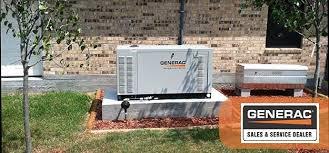
Power Generator
Mid-America Engine dependably suggests utilizing a guaranteed expert or circuit tester for a work on a power generator. This article gives general tips and rules. However, best practices dependably recommend counseling the producer and proprietor’s manual. It will guarantee unit particular rules are taken after and the generator is worked in a sheltered workplace.
I – Selecting a Generator
- A reliable portable generator will invigorate a set number of apparatuses in case of a power outage. It is fundamental to decide the ‘steady wattage’ which is the aggregate of the wattages of every individual apparatus that you look to keep utilitarian.
- Engine driven apparatuses like coolers and ventilation systems require power as much as three times their consistent wattage at the season of beginning up. The picked generator should meet or surpass the ‘consistent wattage’ rating and have a ‘surge rating’ that surpasses the ‘start-up wattage’ prerequisites.
- Coordinate the voltage ratings of the gear and the apparatuses that you wish to work with.
II – Installation Procedures
Likewise, introduce all types of gear dependably, adjust and repair by Expert Service Dealers. Expert specialists who have an intensive information of and dependably agree to standard operating methodology, relevant codes and directions. The National Fire Protection Association (NFPA) has distributed a few booklets on measures relating to standby electric frameworks. NFPA 110 gives critical data on ‘Principles for Emergency and Standby Power Systems’.
It is basic to check whether the generator and its extras conform to the most recent form of any guidelines as material to the gear.
- After unloading the generator from delivery containers, first lead an intensive assessment to identify any harm that may have happened amid shipment.
- Check whether the appraised amperage/wattage limit of the unit is sufficient to deal with all the expected burdens amid a power blackout. On the off chance that require, the basic burdens might be gather together and wire autonomously into a restrictive dispersion panel.
- The unit ought to be put outside in a defensive walled in area, where adequate air for cooling and ventilation is accessible in an unhampered way. The generator ought to be put on a level surface, which is non-burnable and non-leading, a little over the ground level to keep contact from rising water levels.
- The generator ought to be introduced in nearness to the area of the exchange switch and the fuel supply, to diminish the required length of cabling and funneling separately. You might require to look for an allow on the off chance that you plan to store an extensive fuel tank. The fuel pipe measuring, development and format must consent to NFPA 54 for natural gas applications and NFPA 58 for fluid propane applications.
- An establishing carry is typically accommodated establishing the edge and outside directing parts of the gear. It is fundamental to counsel a qualified circuit tester to decide establishing necessities and take after methods that meet nearby directions.
- All batteries must be totally charged before they are embedded into the generator.
- However, comparable care must be guaranteed while unloading and introducing the exchange switch. The switch ought to be divider mounted and every one of the focuses must be in level with each other to avert bending of the switch.
III – Safety Precaution
General Hazards
- Establishment, repair and support ought to dependably be as per the maker’s guidelines and proposals.
- Fumes exhaust transmitted by generator sets contain toxic gases like carbon monoxide that can be hazardous and result in death. Introduce fumes frameworks appropriately, give sufficient ventilation to guarantee a seamless stream of cooling and ventilating air. Also, coordinate emissions far from work zones.
- The territory around the generator must be perfect and free of messiness and any burnable material that can be risky.
- Moreover, you must regularly assess the hardware and replace the deficient or harmed parts in a convenient way.
- It is basic that the operating staff stays alarm constantly while working with the generator.
- Do not open the unit when it is working. Avoid altering moving or hot parts. Disenage battery links before continuing to take a shot at the generator to wipe out any probability of an instant start-up.
Electrical Hazards
- You must kill all power voltage supplies at the source while introducing or adjusting the generator.
- Secure every electrical association, for example, wires, links, and terminals must be appropriately, and avoid touching with hands or while in contact with water. This is fundamental to keep the event of an electric stun.
- The edge of the generator and any outer directing parts ought to have appropriate establishing/earthing wiring. Do not disengage it.
- Wiring, link and line sets must be under limit.
Fire and Explosion Hazards
- Firstly, smoking in the region of the hardware can be lethal.
- Secondly, fuel or oil slicks around the generator, spillages from the unit’s fuel framework and fuel supply lines, and nearness of burnable materials around the generator will represent a danger of a blast.
- Thirdly, a fire douser ought to be promptly accessible. Utilization of dousers that work on carbon tetra-chloride has restrictions. Since the vapor are lethal and can decay the protection on the wiring of generators.
IV – Regular Maintenance Schedules
Meanwhile, yearly, semi-yearly or quarterly upkeep plans should be entire to build the unwavering quality of the gear. However, when there is a routine maintenance plan in place, the machine will perform as you expect it to. Proactive upkeep additionally helps in identifying harms and imperfections at a beginning period. It will enable you to take preventive measures in a timely manner. The list below is a short rundown of parts and segments that you must investigate and refresh or change consistently. Moreover, for extra upkeep data you can likewise look at our generator support article.
- Firstly, cooling framework for radiator air limitation, hoses, associations, liquid focus, belts and louver activity
- Air consumption framework for spillages and free associations
- Air cleaner, turbocharger, suppressor, traps
- Fuel framework for fuel levels, dregs, and appropriate working of the pump
- Fumes framework for breaks, stifles and flush buildup top
- Replenish battery charge for the electrical framework to audit meters
- Change oil and channels every year.
- Diodes, end bearing, brushes and envelope, A.C. wiring, exciter stator, over-speed switch and breakers
- Controls like voltage controller, wiring, transfers, screens and knobs
- Exchange switch for time postponements and exerciser timekeepers to balance or reset
- Finally, execution parameters, for example, A.C. yield and frequency
While the above are just non specific rules for a shelter and viable utilization of the hardware. It is also extremely basic for the client to entirely keep every one of the rules and guidelines point by point in the manual. Nevertheless, a couple of, basic safety measures can go far in guaranteeing a protected and ideal utilization of the item
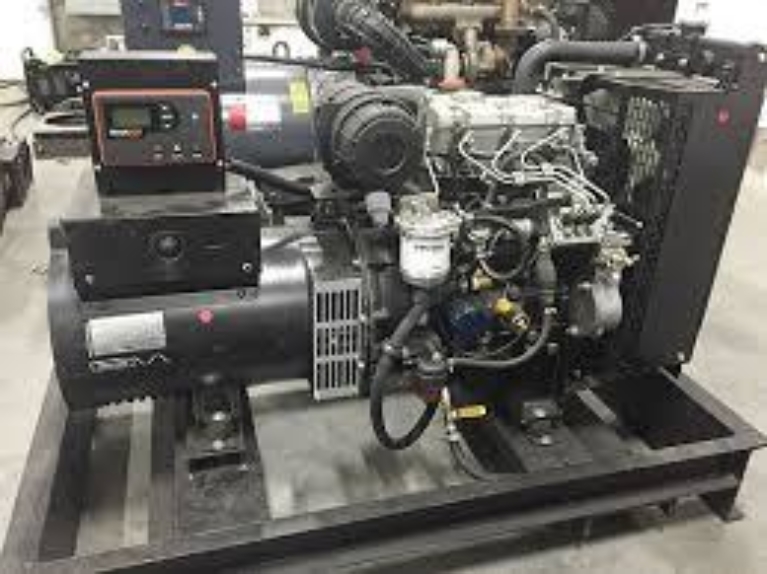

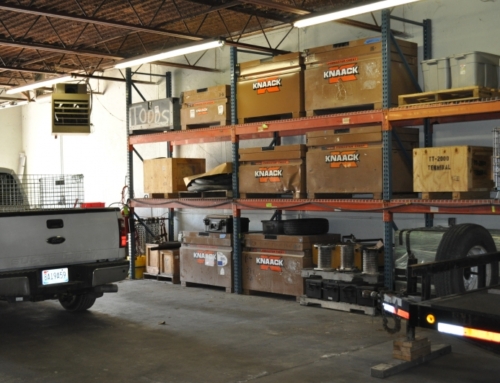
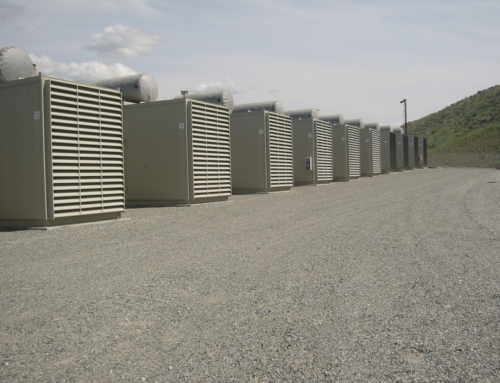
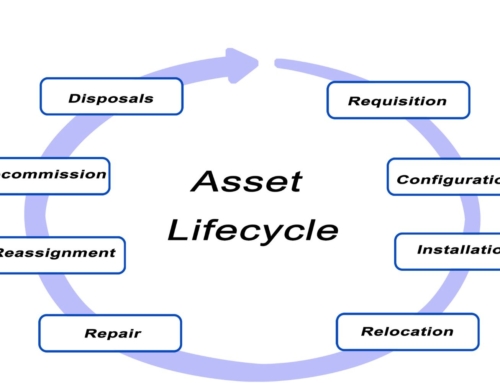
![Commercial Generators Buying Guide 2024 [By Generator Specialist]](https://www.midamericaengine.com/wp-content/uploads/2016/07/Another-Commercial-Power-Project-Completed-500x383.jpg)
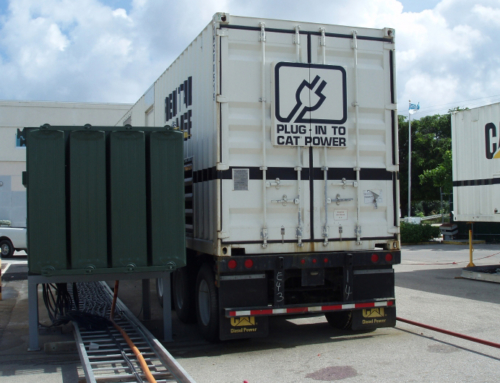






Leave A Comment